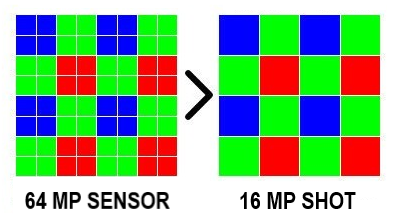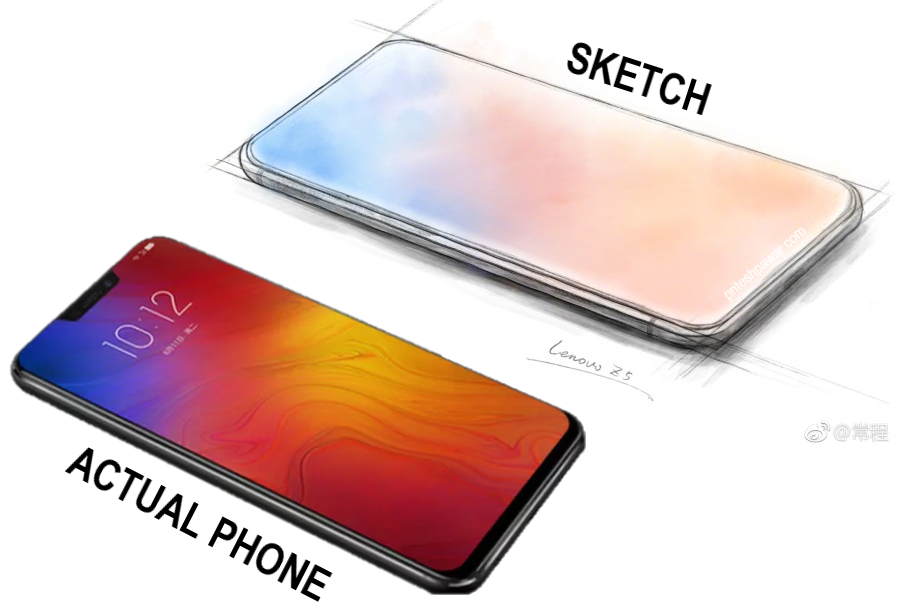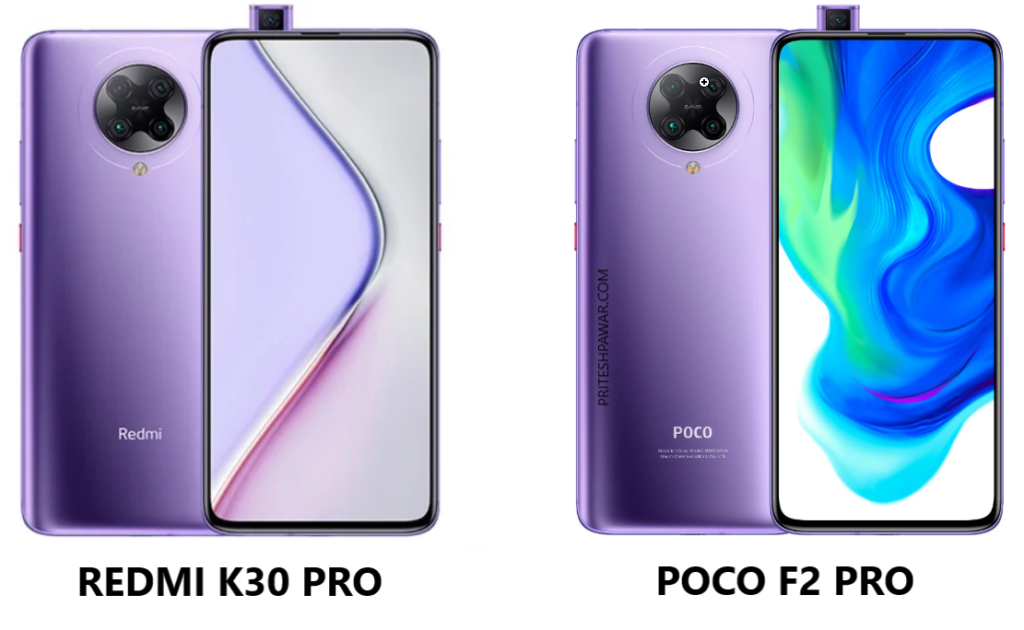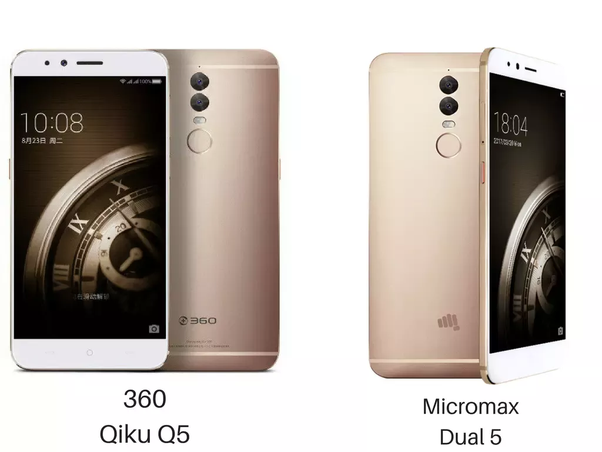The advertising industry works on glamour. There is no doubt. But misleading marketing campaigns can be bad for consumers. This has to be stopped somewhere.
As a marketer, I have seen many types of misleading campaigns in every industry. Not a single industry is excluded.
But I am focusing on the smartphone industry here. Find out how these leading smartphone brands are duping their customers.
Smartphone Brands & Their Misleading Marketing Campaigns
1] Water Resistance
No company will tell you the secret in their advertisements.
None of the smartphones is completely waterproof because they are water-resistant. They can only handle a few splashes of water.
*Terms and Conditions Applied.
Companies test their smartphones for being water-resistant under ideal conditions. For example, the phone will only survive in freshwater, for some seconds at the depth of a few meters.
Are real life conditions so ideal? Well, that’s not a problem.
Problem lies in such ads –
Here, a complete glass of coke is splashed on an iPhone. Seriously?
And then these smartphone brands will put a small disclaimer under their video or sometimes in the end.
No idea who is gonna read that part within a few microseconds when a nice flashy smartphone is shown on the screen.
[Also Read: Protect Phone From Water Damage]
2] Camera Bluffing
I have exposed the complete scenario about how smartphone brands run their ‘Shot On XYZ’ campaigns.
Most of the time these brands use heavy 3rd party equipment which nobody uses in the real world.
Moreover, they use image editing tools to manipulate the original images. In reality, very few people use that software.
[Find Out The Details: Shot on iPhone | Are iPhone Commercials Real?]
So technically the images are shot on the same smartphones but the practical reality is different.
Meanwhile, some extra-smart Chinese brands even use DSLRs!
[Reference:
July 2016 Report: Huawei caught Faking a DSLR Photo as P9 Smartphone’s Camera Sample
April 2020 Report: Huawei caught claiming DSLR images were taken with its phones
March 2019 Report: Huawei admits to using DSLR photos for P30 Pro promo shots
August 2018 Report: Huawei gets caught faking DSLR shots as smartphone pictures in a commercial]
Not once, not twice but four times! I didn’t even go on digging yet!
3] Overestimating the Features
We can see this a lot in camera segment.
48 MP, 64 MP, 108 MP, and the numbers go on inflating!
Can anyone ask these companies why their cameras still suck in front of those iPhones and Google Pixel phones with 12 MP cameras?
The reason is simple – because those megapixels are not real.
Confused?
These 64 MP camera sensors use Pixel binning technology. It means that 4 adjoining pixels combine to form 1 giant pixel.

On paper, there are 64 million pixels but they combine to form 16 million pixels. Hence, they are equivalent to a 16 MP camera.
But how do smartphone brands market those phones? On a 48 MP Camera!
[Read More: Is Megapixel Everything?]
4] Faking Hardware & Design
Several brands boost their performances for benchmark testing.
Benchmark is one of the parameters where smartphones are tested and compared with peers. Brands often boast these rankings in their advertisements.
But several brands cheat this system. How?
The smartphone detects as soon as the benchmark testing app opens up. The device will automatically boost its performance level.
In this activity, battery consumption is higher. But who cares about that during the performance testing?
Even here, Huawei tried to boost its performance by 92.23% artificially. Several beloved brands like Oppo. Huawei, MediaTek, etc.
[Refer: Huawei & Others Called Out For Dishonest Benchmark Practices]
Also, some brands advertise a slightly better-looking design than the actual product.
For instance, Lenovo shared the sketch of Lenovo Z5 before its launch. It looked like a clean edge-to-edge smartphone.
Meanwhile, the actual design was ugly and disappointing.

If you look at the advertisements of these smartphones, they are clean and perfect. However, actual gadgets are different.
5] Flash Sales
This is the part that I hate most about some popular brands.
It is fine to hold flash sales when you are a small company and you don’t know about the actual sales.
But why would you unnecessarily pump the hype after becoming the number 1 brand?
[Find Out: 5 Reasons why Xiaomi became the Top brand in India]
Flash sales are still okay if they are open for at least a few minutes. But most of the time these units get out of stock within seconds.
And then brands proudly boast how they managed to sell all those phones within seconds!
Point to be noted: No brand discloses the number of units they would be making available for flash sales. Are they 100? 500? 1000? No one knows!
6] Rebranding Smartphones & Selling Them

R&D cost? Zero.
Profit = Infinity.
The budget smartphone category is so densely populated in India that there is a smartphone at a gap of Rs 500!
Change 2-3 features and boom! A new model is ready!
Okay! We even understand inter-company re-branding but what is this under the name of Swadeshi company?

Micromax, Karbonn, Intex, Lava, and many others do the same. They pick up a Chinese model, stick their own sticker, and sell in India.
Then these companies proudly call themselves as Indians brands.
[Read: Micromax Exposed while selling Chinese Phones]
We are aware of these misleading marketing campaigns because they are exposed. However, we don’t know the internal secrets.
It’s however clear that most of the brands play with the customers. Customers need to be aware and do research on their own.
Let me know what you hate the most about a smartphone brand. I am waiting 🙂
P2
